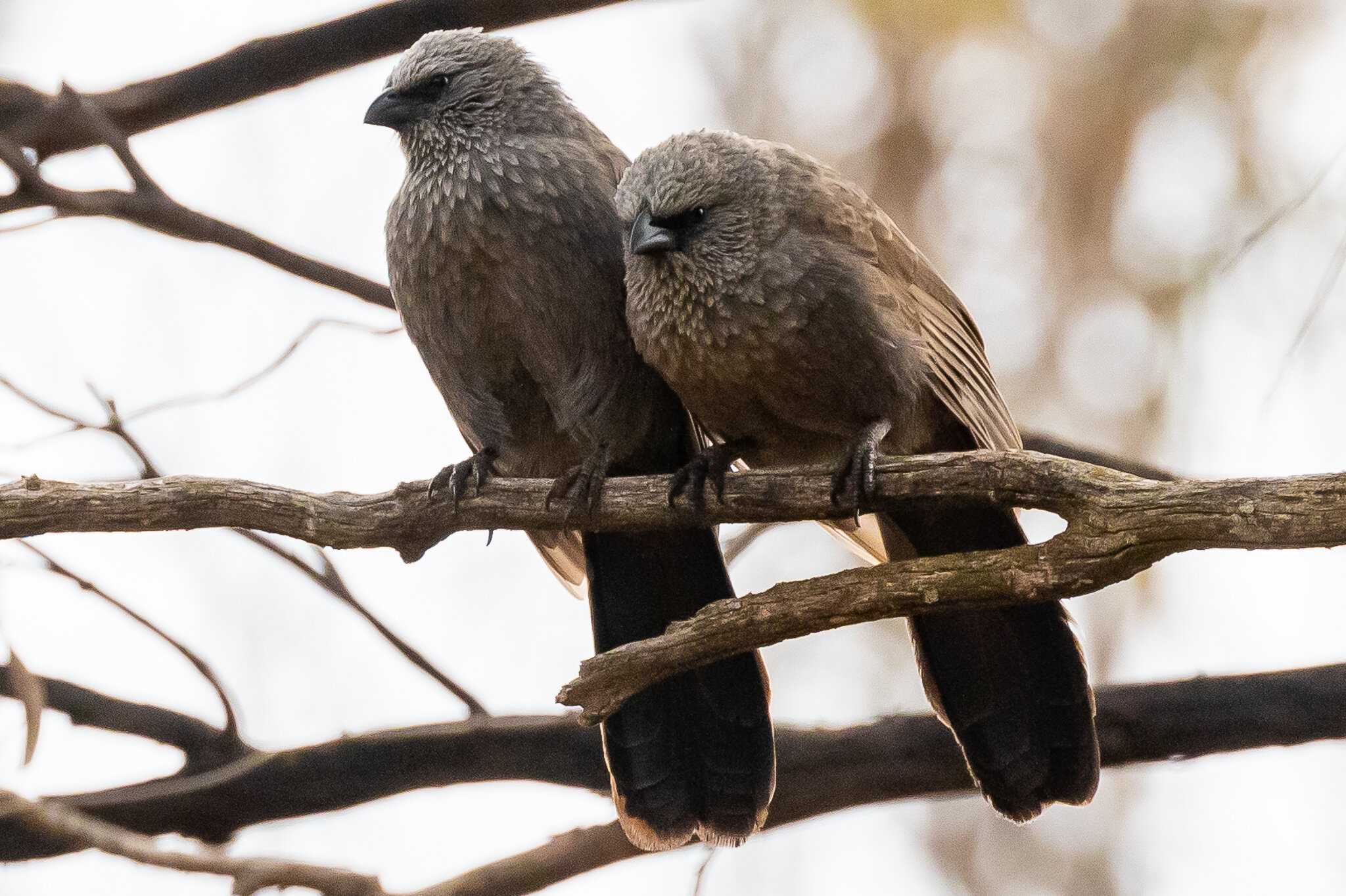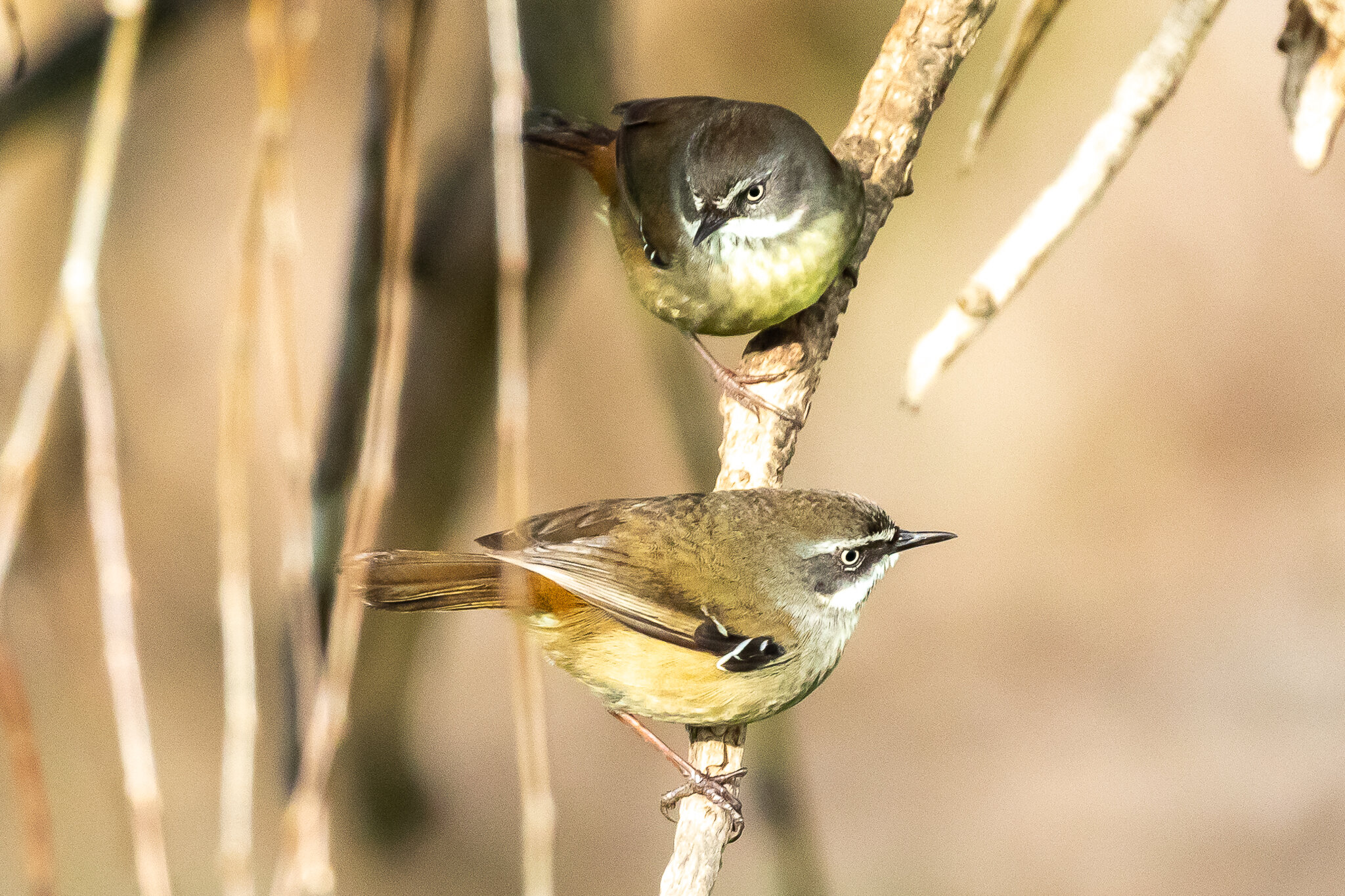Conjola National Park covers 11,060 hectares between Sussex Inlet and Lake Conjola on New South Wales’ south coast. It is on the southern fringe of the Sydney Basin, the underlying rocks are Permian sandstones, siltstones and shales. These support a rich range of environments; coastal scrubs, estuarine, wetland, forest, and woodlands. This area has been home to Dharawal-Dhuruga speaking people for 20,000 years, now represented by the Jerrinja Local Aboriginal Land Council.
A Black-faced Monarch photographed at Red-Head. The Monarch is one of the birds listed by the Australian Government as at risk after the recent bush fires decimated Conjola National Park..
Recent rains have fed streams and the small areas of rain-forest look lush with envigorated Lilly Pillys and Cabbage Palms. Coming with the spring flush has been an increasing number of woodland and forest birds, encouraging after the silent forests of the fires.
At the Davies Road bridge water is flowing again in this often dry tributary of Nerindilla Creek, producing a verdant setting for this Spotted Pardalote and other woodland birds including; White-cheeked Honeyeaters, Eastern Whipbirds, Rufous Fantails, Large-billed Scrubwren, Brown Cuckoo-Doves, Olive-backed Orioles and Black-faced Monarchs.
This White-naped Honeyeater was nesting close to Nerindilla Lagoon.
Variegated Fairy-wren still outnumber their Superb Fairy-wren cousins, a reversal of the situation before the bush fires.

















































